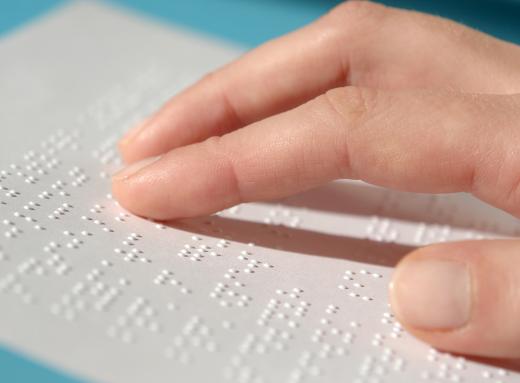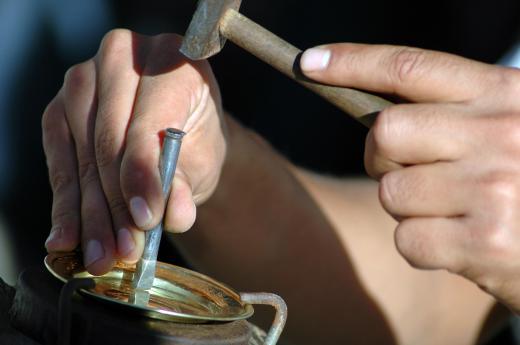Getting something engraved, such as a watch or award, can make a nice gift for a variety of occasions, such as birthdays, holidays and retirement. Engraving prices vary from business to business, but the general factors that determine the overall price are relatively the same. These factors come down to material, whether a photo or letters are being engraved, the amount of letters, and special effects, including oxidization to make the letters change color. This only applies to custom engraving, because items already engraved with stock messages or images will generally not charge customers for the engraving.
Material is the first consideration in engraving prices. Materials suitable for engraving generally come down to wood or metal, but gemstones and glass also can be used for engraving. After choosing that, the customer has to choose the type of metal or wood, because different materials within the same category may change the price. For example, cedar will typically cost less to engrave than pine, because cedar is not as valuable as pine. Inlays, such as gemstones inside a gold or silver bracelet, also will cost more to engrave.
Different items can be engraved. Watches, bowls, plates and awards are just a few examples of commonly engraved items. The item itself, and the size of the item, will usually play into the engraving prices.

Another factor that affects engraving prices is the actual engraving. Most engravings are either an image, like a photo, or plain text. Images are usually charged on a square-inches (square centimeters) basis, and can include photos or the engraver’s stock art. Photo engraving is more complicated, so this will generally cost more than text.
Text is often used for simple messages, such as congratulating the recipient of the engraved item. The amount of letters used and the number of lines used will determine the engraving prices. Some engravers will charge less per letter if the customer is getting a large number of letters, usually over 1,000, but some may charge the same or more. Font type also may be a consideration for text, because some may charge more for fancier font types because they take up more room.

Special effects will add to the overall engraving price. The most common special effect is oxidized letters. This makes the letters black, which will make them more visually distinct on surfaces such as gold or silver. Other special effects may include large letters, engraving Braille or a double-sided engraving.
